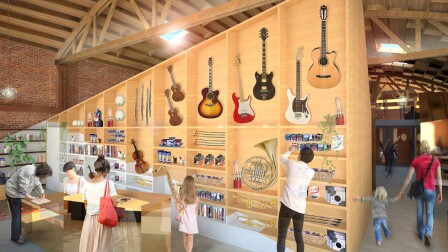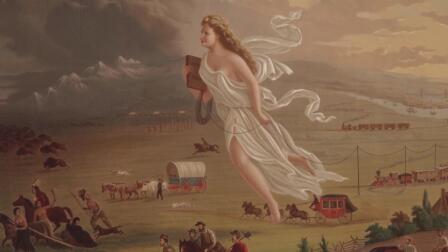The Future of Housing in L.A.
The modern single family home is where the advertising campaign for the Second L.A. was created and transmitted, thanks to a series of famous advertisements by the architectural photographer Julius Shulman. Those photographs suggested the forward-looking, deeply glamorous optimism of postwar Los Angeles, epitomized by the hillside modernist house with a pool — and, of course, a view to die for. But what does that dream look like now? These homes were meant as prototypes for a new generation of middle-class housing — big on architectural character but modest in size and price. Today, they are rented out for parties, film shoots and product launches. What you can see from their living rooms is not the expanse and promise of Second L.A. but a landscape of conflict in the flats of Hollywood, ground zero for debates about growth, density and development.
John Lautner’s Sheats-Goldstein house has been pledged by its owner to the L.A. County Museum of Art, to become a kind of hyper-modern house museum. There’s the palpable sense that L.A.’s architectural experimentation at the level of the individual building — especially the single-family house — has passed into history, is something to be protected by a museum, to be looked at as if under glass.
























